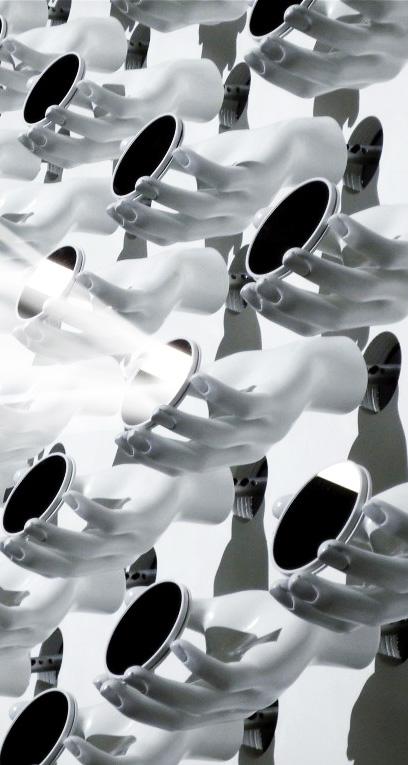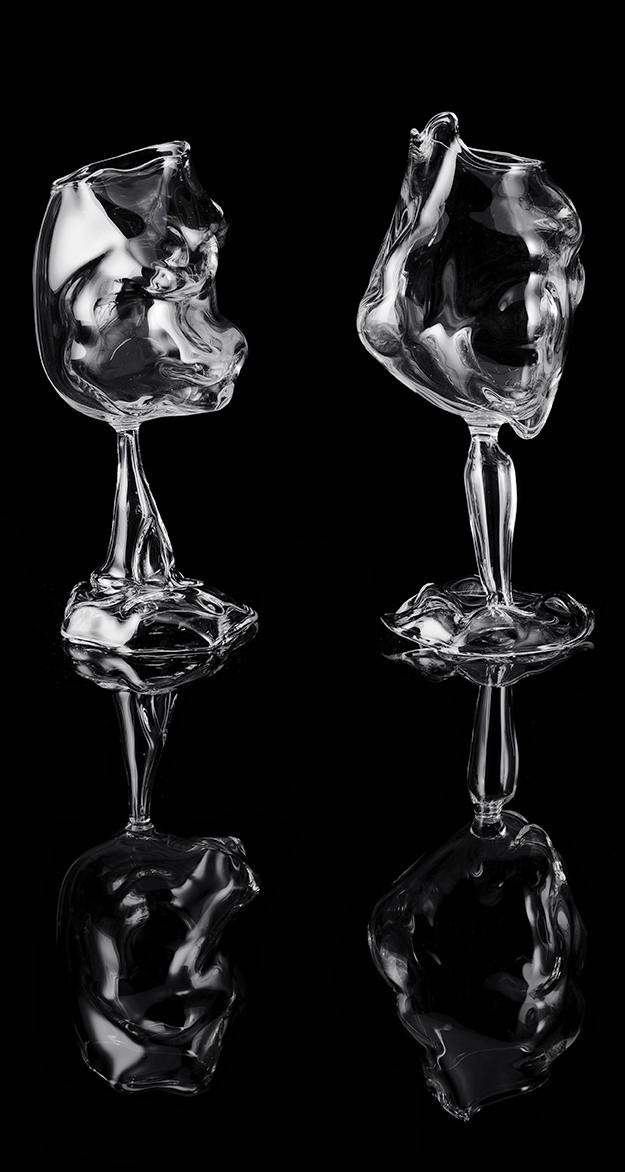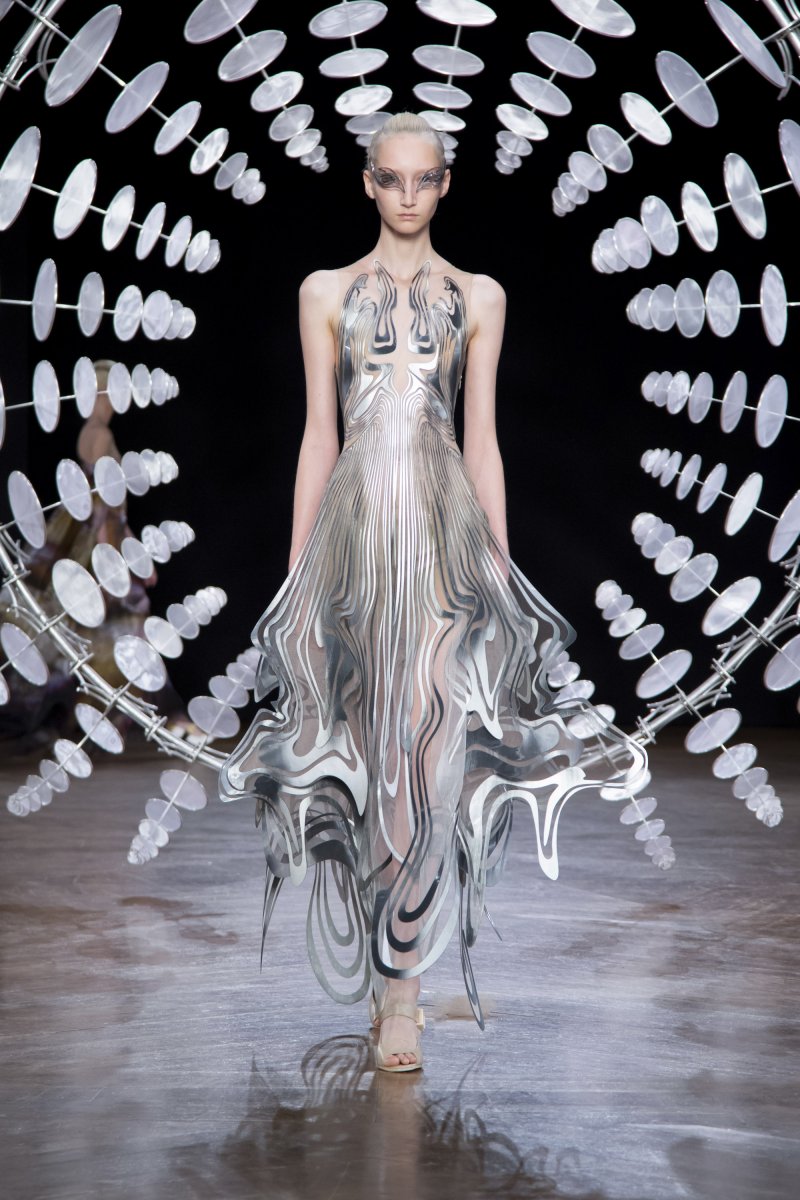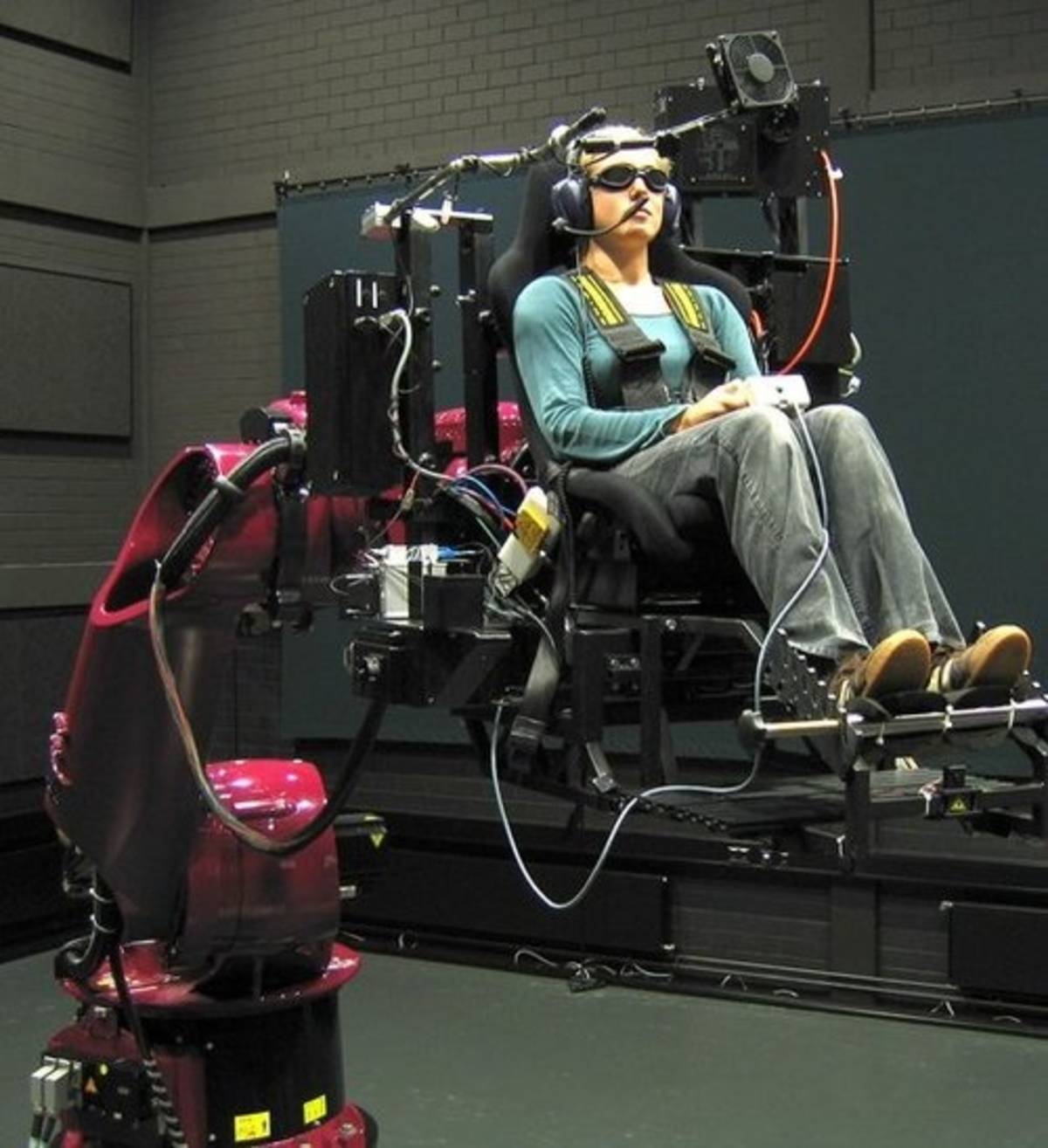
Pierre Boulez
Répons
“Oh yes, there is a metre, slightly irregular on one level but very regular on another. There are so many irregular things in this piece that at one point you need to have a regular metre as you say – a bass and a regular pulse anyway – but also a series of harmonies which are all symmetrical. The harmony always gives this impression of something followed by its inverse; there is always a centre – an axis of symmetry. This symmetry of harmony corresponds in harmonic terms to a regular metre. This is very important. There are three types of time. That which is chaotic and irregular such as you have in the beginning (in the speed I mean). Then you have, in the speed, the very regular rapid repeated notes – always in semiquavers. Finally at the end there is a regularity, a kind of metre – but with much ornamentation. The ornamentation is in fact very irregular, but the metre itself is very regular”. Pierre Boulez




















